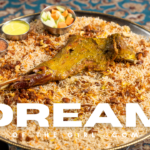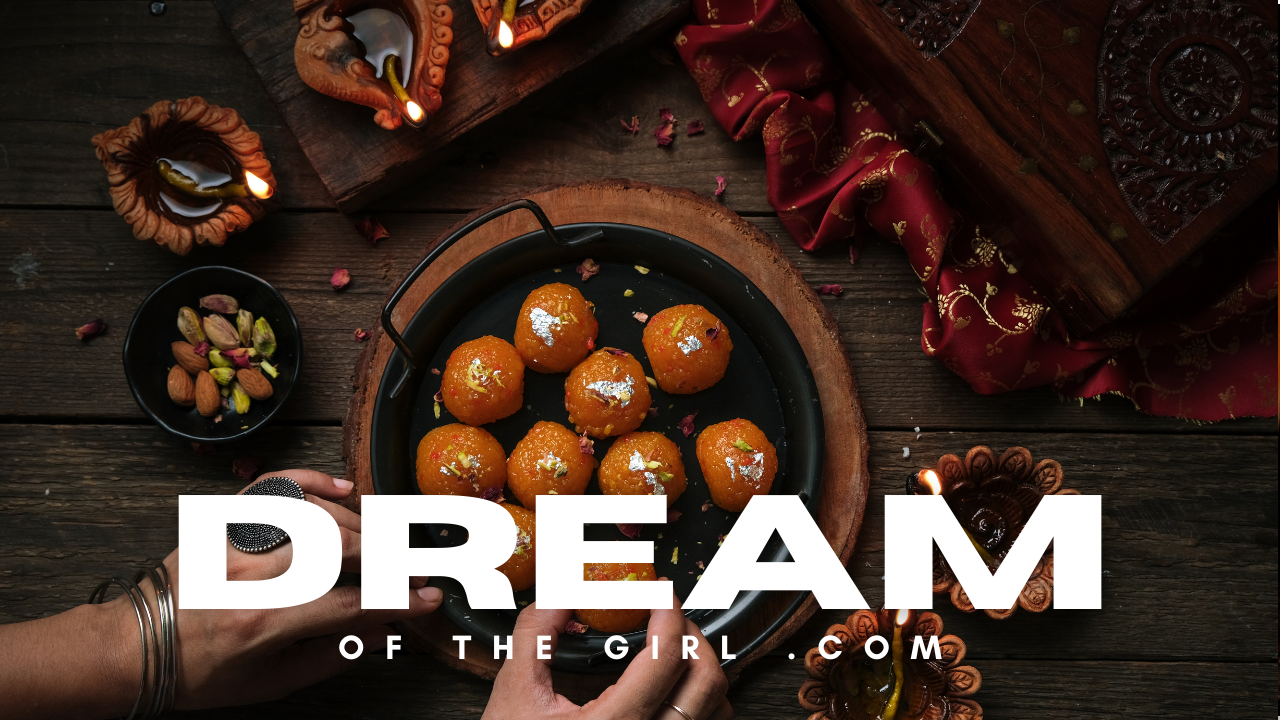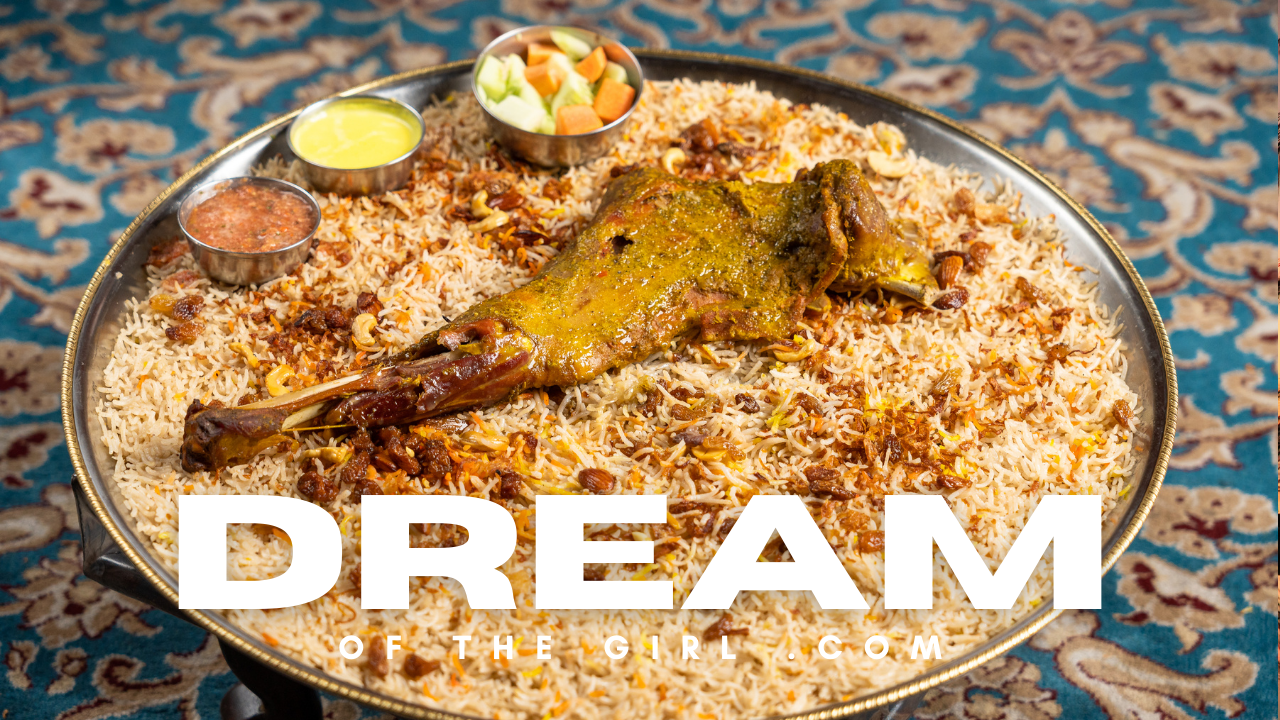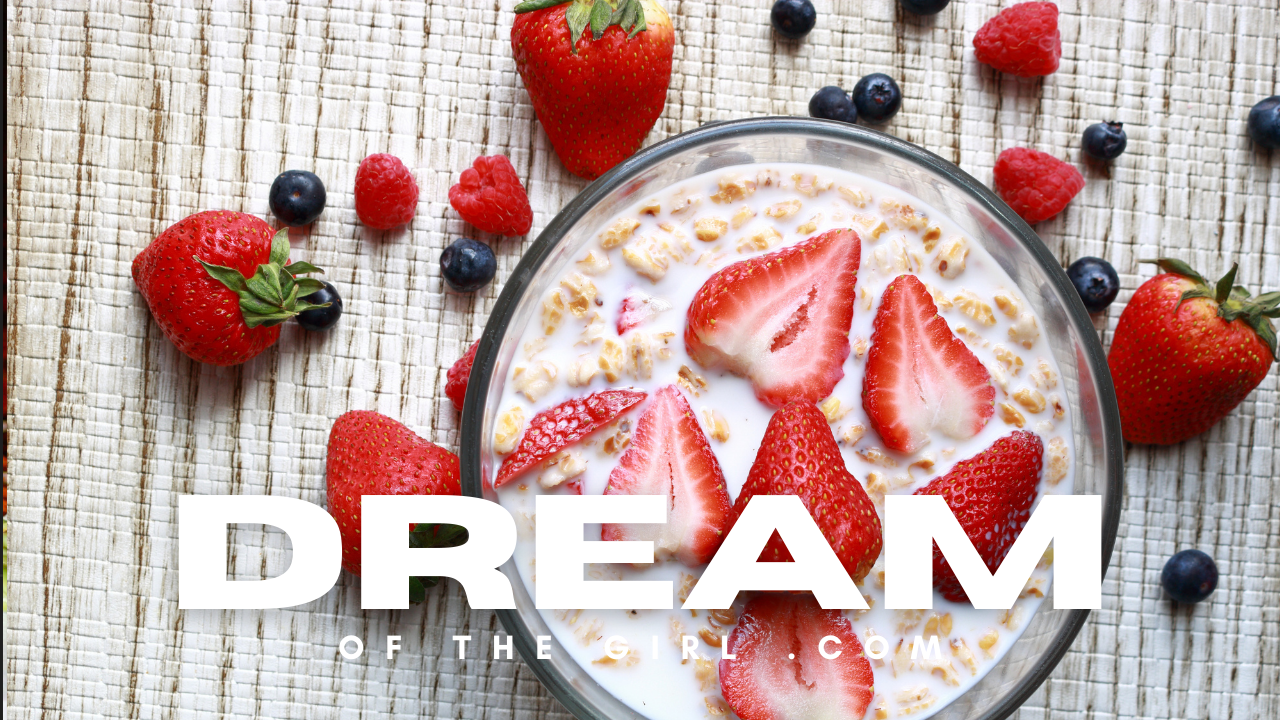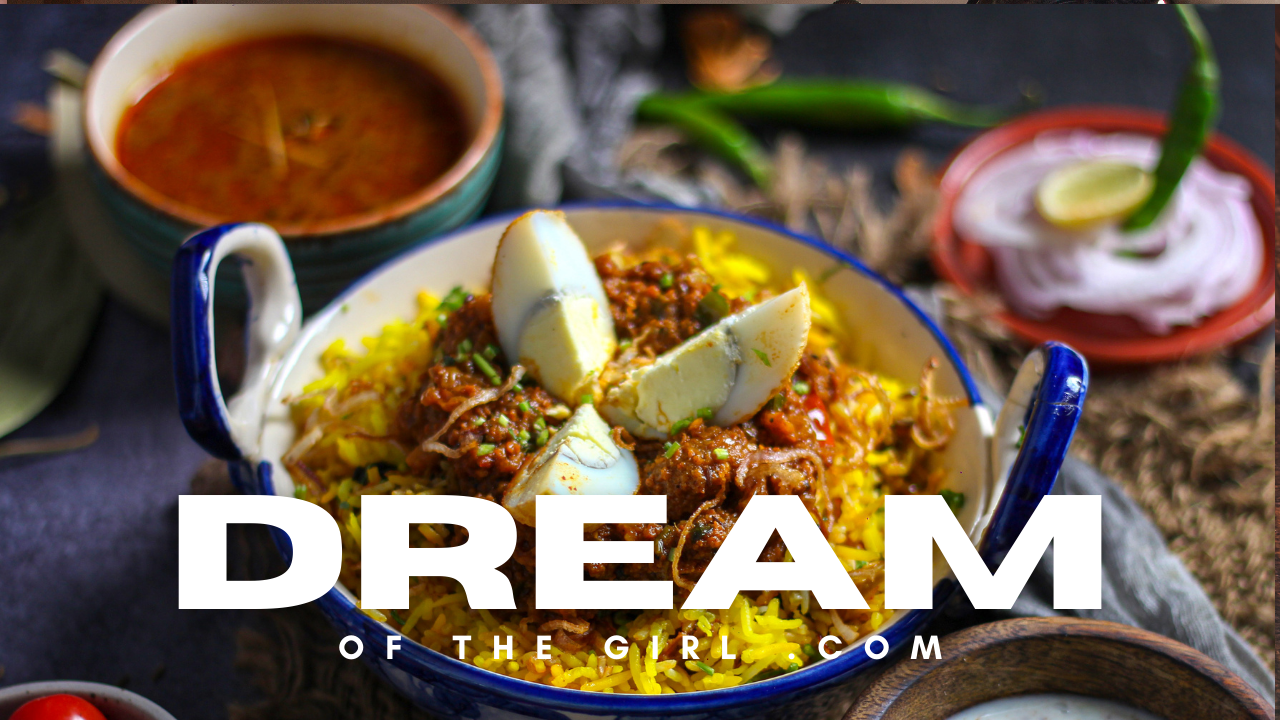What is a Famous Food of Kerala? A Deep Dive into Kerala’s Culinary Heritage
Introduction
Kerala, known as “God’s Own Country,” is not just famous for its serene backwaters, lush greenery, and rich culture—it is also a paradise for food lovers. The cuisine of Kerala is a beautiful blend of coastal flavors, fragrant spices, and traditional cooking methods. The state’s food is deeply rooted in its history, influenced by Indian, Arab, and European culinary traditions, making it unique and flavorful.
From crispy banana chips to spicy fish curries, fluffy appams to rich payasams, Kerala’s food is a feast for the senses. Whether you’re a vegetarian, seafood lover, or a fan of spicy delicacies, Kerala offers something for everyone.
In this article, we will explore:
✔ The most famous food of Kerala
✔ Vegetarian delicacies and street snacks
✔ Traditional breakfast foods
✔ Kerala’s connection with tea culture
✔ The art of making various types of tea and syrups
1. What is a Famous Food of Kerala?
If we were to pick one dish that truly represents Kerala’s cuisine, it would be Sadya—a grand vegetarian feast served on a banana leaf.
Why is Sadya the Most Famous Dish of Kerala?
✔ Authentic & Traditional – Served during festivals like Onam and Vishu.
✔ Nutritious & Balanced – Includes multiple vegetable curries, rice, pickles, and desserts.
✔ Unique Eating Style – Served on a banana leaf, enhancing taste and digestion.
Apart from Sadya, Kerala is also famous for:
- Karimeen Pollichathu – Pearl spot fish wrapped in banana leaves and grilled.
- Malabar Biryani – A flavorful and mildly spiced rice dish from the Malabar region.
- Appam with Stew – Soft rice pancakes with coconut milk-based vegetable or meat stew.
- Puttu & Kadala Curry – Steamed rice cakes with spicy black chickpea curry.
- Beef Fry & Parotta – A crispy, spicy beef dish paired with flaky parotta.
Each of these dishes reflects the diversity of Kerala’s culinary landscape.
2. What is the Famous Dish of Kerala Veg?
While Kerala is famous for its seafood and meat-based dishes, its vegetarian cuisine is equally rich and diverse.
Top Vegetarian Dishes of Kerala:
✔ Avial – A coconut-based mixed vegetable curry.
✔ Erissery – Pumpkin and lentil curry with coconut and tempered spices.
✔ Olan – Ash gourd and coconut milk curry.
✔ Kalan – Yogurt-based raw banana and yam curry.
✔ Thoran – Stir-fried vegetables with coconut.
These dishes are simple, flavorful, and full of health benefits, making them a staple in every Kerala household.

3. What are Kerala Snacks?
Kerala is home to some of the most delicious and crunchy snacks. These snacks are not only popular in Kerala but have also gained international recognition.
Most Popular Snacks from Kerala:
✔ Banana Chips – Thinly sliced and deep-fried raw bananas.
✔ Achappam (Rose Cookies) – Crispy, flower-shaped deep-fried snacks.
✔ Unniyappam – Sweet rice and banana fritters.
✔ Pazham Pori – Deep-fried banana fritters.
✔ Chakka Varatti – Jackfruit jam, a unique Kerala delicacy.
Kerala snacks are perfect for evening tea-time or festive celebrations.
4. What is a Traditional Kerala Breakfast?
A traditional Kerala breakfast is a perfect mix of nutrition, taste, and lightness. Unlike heavy breakfasts, Kerala’s morning meals are mostly steamed, fermented, or light curries paired with rice-based items.
Most Popular Kerala Breakfast Dishes:
✔ Puttu & Kadala Curry – A steamed rice cake with chickpea curry.
✔ Appam & Stew – Soft, lace-edged rice pancakes with coconut-based vegetable or meat stew.
✔ Idiyappam & Egg Curry – Rice noodles with coconut milk-based egg curry.
✔ Dosa & Sambar – The South Indian classic.
✔ Pathiri & Chicken Curry – A thin rice flatbread from the Malabar region.
Each of these breakfast dishes is nutritious, easy to digest, and full of authentic flavors.
5. What are the 3 Types of Breakfast?
Generally, breakfasts are categorized into three types:
✔ Continental Breakfast – Light meals like toast, croissants, and fruits.
✔ English Breakfast – A heavier meal with eggs, sausages, and baked beans.
✔ South Indian Breakfast – Includes dosa, idli, vada, and chutneys.
Kerala’s traditional breakfast falls under the South Indian category, but it has unique elements that set it apart from other South Indian cuisines.
6. Kerala’s Tea Culture: The Love for Chai
Kerala is one of India’s largest tea-producing states. The tea plantations in Munnar, Wayanad, and Idukki produce some of the best teas in the world.
Most Popular Types of Chai in Kerala:
✔ Karak Chai – A strong, spiced milk tea.
✔ Sulaimani Chai – A black tea with cardamom, cloves, and lemon.
✔ Kashmiri Chai – A pink-colored tea with saffron and nuts.
✔ Masala Chai – Tea brewed with cinnamon, ginger, and black pepper.
Tea is an integral part of Kerala’s daily life, served with snacks like banana chips and vada.
7. How to Make Karak Chai?
Karak Chai is a strong, spiced tea that originated in the Middle East but is loved in Kerala.
Ingredients:
✔ 2 cups water
✔ 1 cup milk
✔ 2 tsp tea powder
✔ 2 cardamom pods
✔ 1-inch ginger (crushed)
✔ 1 cinnamon stick
✔ Sugar to taste
Method:
- Boil water with cardamom, ginger, and cinnamon.
- Add tea powder and simmer for 3 minutes.
- Pour in the milk and let it boil for another 2 minutes.
- Strain and serve hot.
This strong, aromatic tea is perfect for pairing with Kerala snacks.
Table of Contents
8. Conclusion: Kerala’s Food is a Culinary Masterpiece
Kerala’s food is a blend of flavors, traditions, and health benefits. Every dish in Kerala tells a story of cultural evolution, from ancient royal feasts to modern street food.
Why Kerala’s Cuisine is Special:
✔ Rich in Spices – Kerala is the spice capital of India.
✔ Perfect Balance of Health & Taste – Coconut, rice, and spices provide nutrition and flavor.
✔ Unique Cooking Methods – Steaming, slow cooking, and tempering enhance flavors.
✔ A Global Influence – Kerala’s cuisine has inspired dishes in the Middle East, Sri Lanka, and beyond.
Whether it’s Sadya, spicy seafood, or aromatic tea, Kerala’s food is a delight for the senses.
Final Thought:
“Kerala’s food is not just a meal—it’s a journey through history, culture, and flavors.”
So, which Kerala dish will you try next? Happy Eating!
Kerala’s Culinary Excellence: A Deeper Exploration of Flavors, Traditions, and Global Influence
Kerala’s cuisine is one of the most diverse and flavorful in India, with influences from Indian, Middle Eastern, European, and even Chinese cuisines. The use of coconut, curry leaves, mustard seeds, and aromatic spices makes Kerala’s food truly unique.
As we continue exploring the famous foods of Kerala, we will dive into:
✔ More traditional Kerala dishes
✔ Lesser-known regional delicacies
✔ The influence of Kerala’s cuisine on global food trends
✔ The art of making traditional and modern Kerala beverages
9. Kerala’s Hidden Culinary Gems: Lesser-Known but Must-Try Dishes
While dishes like Sadya, Karimeen Pollichathu, and Puttu are well-known, Kerala also has several underrated dishes that deserve recognition.
Rare and Unique Kerala Dishes:
✔ Thalassery Biryani – A special Malabar-style biryani cooked with short-grain rice and mild spices.
✔ Chatti Pathiri – A layered Malabar pastry similar to lasagna, made with thin pancakes and spiced fillings.
✔ Kallummakaya Fry – A delicious dish made with stir-fried mussels.
✔ Koottu Curry – A thick coconut-based vegetable curry served in Sadya.
✔ Pidi & Kozhi Curry – Rice dumplings served with a thick and spicy chicken curry.
These dishes showcase the depth of Kerala’s regional culinary traditions.
10. Kerala’s Influence on Global Cuisine
Kerala’s spices and culinary techniques have influenced food around the world. The spice trade that began centuries ago introduced Kerala’s ingredients to many global cuisines.
How Kerala’s Food Has Influenced the World:
✔ Middle Eastern Cuisine – Kerala’s Arab connection introduced dishes like Al Faham Chicken.
✔ Sri Lankan Cuisine – Similar use of coconut, rice, and spicy curries.
✔ Dutch & Portuguese Influence – Kerala’s bakery culture stems from European colonization.
✔ Gulf Countries – The demand for Kerala-style Parottas and Malabar Biryani is high among Malayali expatriates.
Kerala’s food is recognized worldwide for its bold flavors, balanced spices, and health benefits.
11. Kerala’s Most Iconic Seafood Delicacies
Kerala’s long coastline makes it one of the best places in India for seafood lovers. The variety of freshwater and saltwater fish available in Kerala is unmatched.
Top Seafood Dishes in Kerala:
✔ Karimeen Pollichathu – Pearl spot fish wrapped in banana leaves and grilled with spices.
✔ Meen Curry – Spicy fish curry cooked with coconut and tamarind.
✔ Chemmeen Ularthiyathu – A dry prawn fry with coconut slivers and spices.
✔ Netholi Fry – Crispy anchovy fry, a popular side dish.
✔ Crab Roast – A flavorful crab dish cooked with coconut and Kerala spices.
Kerala’s seafood culture is deeply embedded in its history and lifestyle, making it an essential part of the state’s food identity.
12. The Science Behind Kerala’s Cooking Techniques
Kerala’s traditional cooking techniques enhance flavor and preserve nutrients.
Key Cooking Methods Used in Kerala:
✔ Slow Cooking (Simmering Method) – Used for Sambar, Rasam, and Meen Curry to blend flavors.
✔ Steaming (Healthier Cooking) – Used in Idiyappam, Puttu, and Kozhukattai.
✔ Fermentation (Digestive Benefits) – Used in Appam, Dosa, and Kallappam.
✔ Banana Leaf Cooking (Retains Aroma & Flavor) – Used in dishes like Meen Pollichathu.
✔ Coconut-Based Cooking – Enhances taste and provides healthy fats.
Kerala’s cooking techniques prioritize both taste and health, making its food both delicious and nutritious.

13. The Role of Coconut in Kerala’s Cuisine
Coconut is the heart of Kerala’s cuisine, used in almost every dish.
Forms of Coconut Used in Kerala Cooking:
✔ Grated Coconut – Used in Thoran, Avial, and Erissery.
✔ Coconut Oil – The primary cooking oil in Kerala.
✔ Coconut Milk – Used in Stews, Payasams, and Fish Curries.
✔ Coconut Shells – Used as fuel for cooking in traditional homes.
The use of coconut gives Kerala food its unique texture and tropical flavor.
14. Kerala’s Most Popular Sweets and Desserts
Kerala’s desserts are a perfect blend of jaggery, coconut, and rice, offering a distinct sweetness that differs from North Indian sweets.
Famous Kerala Sweets:
✔ Palada Payasam – A rice and milk pudding flavored with cardamom.
✔ Ada Pradhaman – A rich jaggery and coconut milk-based dessert.
✔ Unniyappam – Deep-fried banana and rice flour fritters.
✔ Elaneer Pudding – A modern twist using tender coconut pulp.
✔ Kumbilappam – Jackfruit and rice flour dumplings steamed in banana leaves.
Kerala’s desserts are often linked to festivals and temple offerings, making them spiritually significant.
15. Kerala’s Most Loved Street Foods
Kerala’s street food is a fusion of local spices, fresh ingredients, and bold flavors.
Must-Try Kerala Street Foods:
✔ Thattukada Chicken Fry – Spicy and crispy street-style chicken fry.
✔ Parippu Vada – Crunchy lentil fritters.
✔ Beef Fry & Porotta – A classic Malabar delicacy.
✔ Kappa & Meen Curry – Tapioca served with spicy fish curry.
✔ Erachi Pathiri – Meat-stuffed fried bread from Malabar.
Street food in Kerala offers a burst of flavors at every bite, making it a must-try experience for food lovers.
16. Kerala’s Traditional and Modern Beverages
Kerala’s beverage culture is a mix of traditional Ayurvedic drinks and modern innovations.
Traditional Kerala Beverages:
✔ Sulaimani Chai – A black tea infused with lemon and spices.
✔ Neer Mor – Spiced buttermilk, a refreshing summer drink.
✔ Kulukki Sarbath – A shaken lime-based drink with basil seeds.
✔ Karingali Vellam – Herbal water infused with medicinal wood.
These drinks are not only refreshing but also have medicinal benefits.
17. The Future of Kerala Cuisine: Trends to Watch
Kerala’s food is evolving while staying true to its roots.
Upcoming Trends in Kerala’s Cuisine:
✔ Vegan Kerala Dishes – Coconut-based vegan recipes gaining popularity.
✔ Millet-Based Meals – Traditional rice alternatives for a healthier diet.
✔ Luxury Kerala Dining – High-end restaurants offering premium versions of classic dishes.
✔ Fusion Foods – Kerala-inspired international dishes like Jackfruit Biryani and Karimeen Sushi.
These trends show that Kerala’s cuisine is continuously evolving while preserving its authenticity.
18. Conclusion: Kerala’s Cuisine is a Culinary Treasure
Kerala’s food is not just about taste—it’s about tradition, culture, and balance. Whether you’re enjoying a Sadya feast, a cup of Sulaimani Chai, or a plate of Malabar Biryani, each dish reflects centuries of history and culinary mastery.
Why Kerala’s Cuisine Stands Out:
✔ Rich in History & Culture – Influenced by ancient spice trade routes.
✔ Balanced & Nutritious – A mix of carbs, proteins, and healthy fats.
✔ Unique Cooking Styles – Coconut-based dishes, banana leaf meals, and Ayurvedic influences.
✔ A Global Influence – Loved in India and worldwide.
Final Thought:
“Kerala’s food is not just about eating—it’s about experiencing a rich, flavorful journey through history and culture.”
Which Kerala dish are you craving today? Happy Eating!
Kerala’s Culinary Wonders: A Never-Ending Journey Through Taste, Tradition, and Global Influence
Kerala’s cuisine is one of India’s most diverse and beloved food cultures, blending the richness of coconut, the depth of spices, the freshness of seafood, and the authenticity of traditional recipes. It is a gastronomic experience that combines history, Ayurveda, and innovation, making it one of the most unique cuisines in the world.
As we continue to explore Kerala’s culinary landscape, we will dive deeper into:
✔ Kerala’s lesser-known food traditions
✔ The role of Ayurveda in Kerala’s diet
✔ Festivals and their food significance
✔ The future of Kerala’s cuisine in global gastronomy
19. Kerala’s Forgotten Food Traditions: The Dishes We Must Revive
Kerala’s modern food scene has evolved over time, but some traditional dishes have slowly disappeared from everyday meals. However, these dishes are worth preserving as they hold cultural, historical, and health benefits.
Lesser-Known Kerala Dishes That Deserve Attention:
✔ Pathal (Malabar Pancake) – A soft, thick rice pancake eaten with spicy chicken curry.
✔ Chundakka Thoran – A stir-fried dish made from dried turkey berries, known for its medicinal properties.
✔ Muthira Kanji – A horse gram porridge, a powerhouse of nutrition.
✔ Chakkakuru Mezhukkupuratti – Stir-fried jackfruit seeds, a seasonal delicacy.
✔ Thalicha Pazham – Ripe bananas sautéed with ghee, cardamom, and jaggery.
These dishes are part of Kerala’s food heritage and must be revived for future generations.
20. The Role of Ayurveda in Kerala’s Food Culture
Kerala is the land of Ayurveda, and its food is deeply influenced by Ayurvedic principles. Many ingredients and dishes in Kerala’s cuisine are designed to balance the body’s energies (Doshas: Vata, Pitta, and Kapha) and promote overall well-being.
Ayurvedic Superfoods in Kerala Cuisine:
✔ Turmeric – A natural antiseptic and anti-inflammatory spice.
✔ Ginger – Boosts digestion and immunity.
✔ Coconut – Provides healthy fats for brain health.
✔ Drumstick Leaves (Moringa) – Rich in iron and vitamins.
✔ Jeeraka Kanji (Cumin Rice Porridge) – A detoxifying dish that aids digestion.
Kerala Dishes Based on Ayurveda:
✔ Karkidaka Kanji – A medicinal rice porridge consumed during monsoons to boost immunity.
✔ Uluva Kanji – A fenugreek-based porridge known for its cooling properties.
✔ Rasam – A tangy, spiced soup that aids digestion.
✔ Kashayam – Herbal decoctions made with spices and herbs for immunity.
Kerala’s cuisine is not just about taste but also about healing and wellness, making it one of the healthiest food cultures in the world.

21. Kerala’s Festivals and Their Special Foods
Food plays a vital role in Kerala’s festivals, with each celebration having its own signature dishes.
Kerala Festival Foods:
1. Onam – The Grand Feast of Kerala (Sadya)
✔ Sadya – A vegetarian feast served on a banana leaf.
✔ Pazham Pradhaman – Banana-based payasam.
✔ Kootu Curry – A black chickpea and vegetable curry.
2. Vishu – The Festival of Prosperity
✔ Vishu Kanji – A special rice porridge.
✔ Mambazha Pulissery – A sweet and sour mango curry.
✔ Unniyappam – Sweet banana fritters.
3. Christmas & Easter – Kerala’s Christian Delicacies
✔ Plum Cake – Kerala’s famous rum-soaked fruit cake.
✔ Appam & Mutton Stew – A Christmas favorite.
✔ Kozhukatta – Sweet coconut-stuffed rice dumplings.
4. Eid – Kerala’s Muslim Delicacies
✔ Malabar Biryani – A mildly spiced biryani made with Jeerakasala rice.
✔ Pathiri & Chicken Curry – Rice flour bread served with flavorful curry.
✔ Muttamaala – Egg yolk strings cooked in sugar syrup.
Festival foods in Kerala are deeply symbolic and bring families together, making them an essential part of the state’s culture.
22. The Art of Kerala’s Traditional Food Presentation
Food presentation in Kerala is as important as the taste itself. Many dishes are served in aesthetic, eco-friendly ways, enhancing their flavor and experience.
Traditional Kerala Food Presentation Styles:
✔ Banana Leaf Serving – Sadya and many Kerala meals are served on banana leaves to enhance taste and aid digestion.
✔ Earthen Pots (Manchatti) – Used for making fish curries to retain warmth and flavor.
✔ Coconut Shell Bowls – Used for serving desserts like Payasam.
✔ Steamed Dishes in Banana Leaves – Dishes like Meen Pollichathu and Ela Ada are wrapped in banana leaves for natural aroma.
Kerala’s food presentation methods are not only sustainable but also rooted in Ayurvedic principles.

23. The Future of Kerala Cuisine: What Lies Ahead?
Kerala’s food is gaining popularity worldwide, and its cuisine is evolving with modern innovations while staying true to its roots.
Upcoming Trends in Kerala Cuisine:
✔ Millet-Based Kerala Foods – Healthier versions of traditional rice dishes.
✔ Vegan Kerala Cuisine – Coconut milk replacing dairy in dishes like Payasam and Stew.
✔ Kerala Fusion Foods – Jackfruit Burgers, Kerala Spiced Pasta, and Tapioca Nachos.
✔ Farm-to-Table Kerala Restaurants – Focus on organic, locally sourced ingredients.
✔ Luxury Kerala Dining Experiences – Five-star hotels offering gourmet versions of Kerala cuisine.
Kerala’s food will continue to evolve, gaining international recognition while preserving its deep-rooted traditions.
24. Conclusion: Kerala’s Cuisine is a Cultural Treasure
Kerala’s food is not just about flavors—it is a reflection of history, Ayurveda, and community values. Every dish tells a story of spice trade, cultural exchanges, and generations of culinary wisdom.
Why Kerala’s Cuisine is Special:
✔ Aromatic Spices & Coconut-Based Flavors – Kerala’s cuisine is unlike any other in India.
✔ A Balance of Health & Taste – Meals are scientifically designed for well-being.
✔ A Rich Culinary History – Influenced by Arab, Dutch, Portuguese, and British cuisines.
✔ Sustainability & Tradition – Banana leaf meals, earthen pots, and Ayurveda-based cooking.
Whether it’s a spicy Kerala-style fish curry, a grand Onam Sadya, or a cup of Sulaimani chai, Kerala’s food is a true sensory experience that every food lover must explore.
Final Thought:
“Kerala’s food is not just meant to be eaten—it’s meant to be experienced, celebrated, and remembered.”





